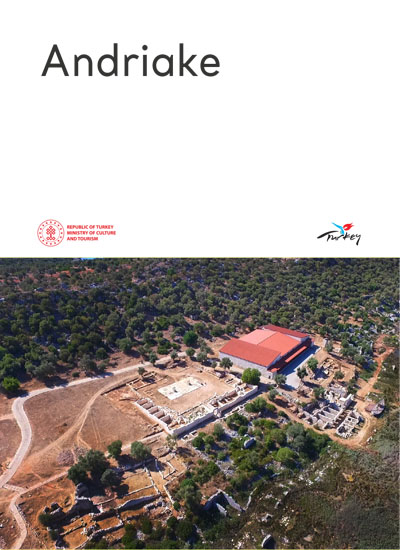There has been a long debate as to whether the ruins in the Çayağzı area of ancient Myra, or Demre as it is known today, belonged to a different city. Recent research, however, has shown that it was not a separate settlement but the harbour district of Myra. The Lycian region owed its wealth to ports and trade. Andriake was the third most important port in the region after Phaselis and Patara. Fragments of amphorae of foreign origin found during excavations testify to the intensity of international trade in the port. Although most of the ruins at Andriake are trade related, social and religious structures have also been unearthed at some distance from the port and trading area. Some of the structures that can be seen here are the Granarium, which testifies the importance of the port in the grain trade and has been converted into the Museum of Lycian Civilisations, the Agora, the Cistern, the city walls, aqueducts, monumental fountains, Byzantine churches, baths and watchtowers. Lycian tombs, which can be seen in many parts of Lycia, can also be seen in the old cemetery area. Purple Color of the Emperor’s Clothing Was Produced Here One of the most interesting structures in Andriake is the "Murex Workshops", which can be defined as a dye factory. Murex is a type of shellfish from which purple dye was extracted in ancient times. The purple dye was only used by emperors and the upper classes as it was very rare. Andriake was one of the places where the dye was produced. The shells left over after the production were used to make building mortar. This material, called "Murex Mortar", is also important because it is unique to the region. First Concrete Proof of the Jewish Presence in Lycia Another astonishing remains unearthed at Andriake is a synagogue, which is the first concrete evidence of the Jewish presence in the Lycian region. The building is thought to date from the 5th century AD. Some finds related to Judaism, such as a "menorah plate" with Jewish symbols and inscriptions of religious expressions, were discovered in the synagogue.
ANDRIAKE ARCHAEOLOGICAL SITE


